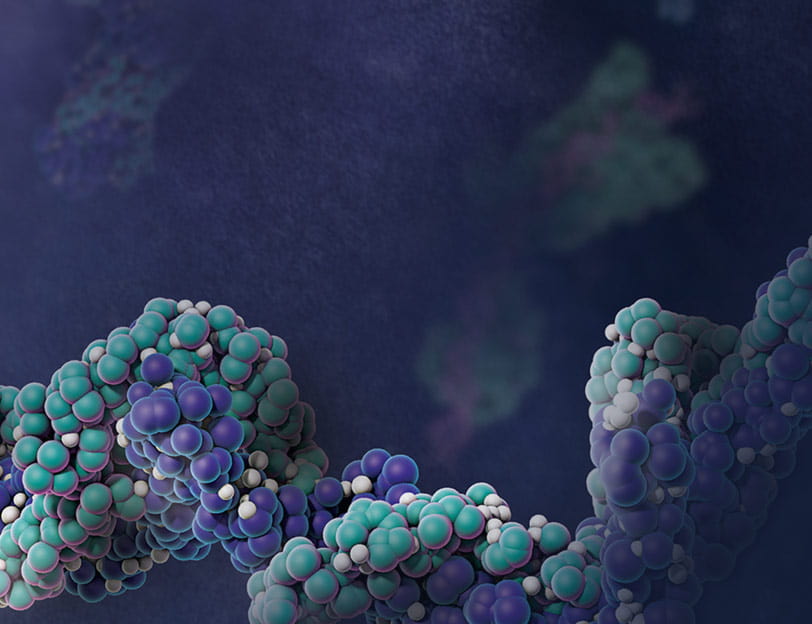Pull-Down and Two-Hybrid Systems
Pull-down assays and two-hybrid systems are commonly used methods for studying protein interactions. We offer pulldown systems based on GST or HaloTag® affinity tags, and a two-hybrid system designed for identifying mammalian protein interactions.
The MagneGST™ Pull-Down Systems provide GSH-linked magnetic particles that allow simple immobilization of GST-fusion bait proteins from bacterial lysates, together with an in vitro transcription/translation system for expression of prey proteins. In the HaloTag® Mammalian Pull-Down System, the protein of interest is bound to an affinity resin using HaloTag® protein, which binds to the resin rapidly, covalently and irreversibly. These properties increase the chance of capturing protein complexes and retaining them after capture.
In the CheckMate™ Mammalian Two-Hybrid System, one protein is fused to a DNA-binding domain and a second protein is fused to a transcriptional activation domain. Interaction between the proteins results in transcription of a reporter gene, resulting in bioluminescence-based detection of interacting protein partners.
Filter By
Shop all Pull-Down and Two-Hybrid Systems
Showing 6 of 6 Products


